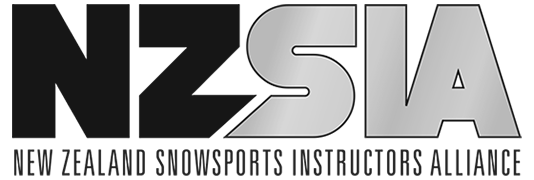Physical Development by Age
Physical Development by Age
To ensure your training is suitable for your athlete’s physical development!
This is very much an overview of this topic. To develop a deeper understanding of this, further study will be required.
Children of this age should participate in activities that develop fundamental movement skills and overall motor skills including agility, balance, and coordination. Training should maintain a focus on fun, and formal competition should be only minimally introduced.
Physical development considerations for this age group include:
- Muscle mass is minimal for children in this age group, so utilise real vs. ideal forms of training.
- Centre of mass is higher relative to their own body, so larger movements may be required to balance.
- Energy levels will fluctuate faster than in older children, so watch out for signs of tiredness and be ready to change tact quickly.
For this age group, or until the onset of the growth spurt, children are ready to begin developing a wide range of skills. Although it is often tempting to overdevelop talent at this age through excessive single-discipline training and competition, this can have a negative effect on later stages of development. An early specialisation promotes one-sided physical development and increases the likelihood of injury and burnout.
Physical development considerations for this age group includes:
- Muscle mass is increasing but may still be lacking in particular areas of the body.
- Centre of mass is lower in the body and fine motor controls are increasing.
- Energy levels and endurance will start becoming more consistent.
- Strength, power, and physical weight, will still be minimal.
This age group is based on the onset and duration of the growth spurt, which is generally from ages 11 to 15 for girls and 12 to 16 for boys.
These youths still need to spend more time on skill training and physical development and less on trying to win (process vs. outcome). Concentrating on the process as opposed to the result of a competition leads to better development. This approach is critical to maintaining activity in the long term, so ensure that your programmes have a suitable training-to-competition ratio.
Physical development considerations for this age group includes:
- Muscle mass is becoming more established but still not the same as a fully grown adult.
- Proprioception and coordination can be been significantly affected by growth spurts and will require recalibration of movements and how they ride.
- Energy levels and endurance become easier to manage.
- Growth spurts and puberty will be experienced in this period and can affect performance, both positively and negatively.
- The athlete’s weight and power is likely to increase in a short time frame at some point during the period, alongside growth spurts.
- Aerobic base, speed and strength should be well-developed toward the end of the stage.
Everybody is Different
Use off-snow training time to build a bigger picture of your athlete’s physical development and current capabilities, then adjust your on-snow training to match.
